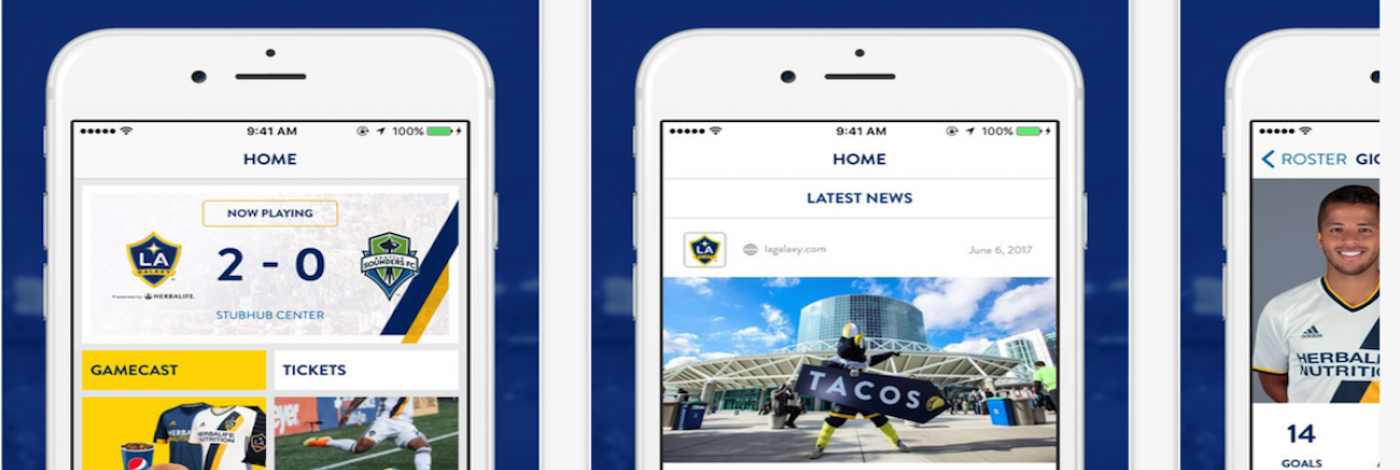The use of statistics in sports is not a new practice. However, the automated and large-scale processing of the famous big data has ushered in a fresh era for the various processes of the sports industry, including recruiting, training, and managing the careers of athletes and addressing the tactical issues of trainers. The applications of big data in sports seem endless.
Big data in sports: An 18-year-old practice
“Constraint as a way to create” could be the lesson taught by Billy Beane, general manager of the Oakland Athletics.
The story began when Beane saw three of his most important and valuable players leave the team in 2001. This challenge prompted Beane to create a new team with a very small budget. Beane eventually met Peter Brand, a young Yale economics graduate with radical ideas about how to assess player value. Instead of relying on experts’ experience and intuition, Brand used individual statistics in selecting players, particularly their on-base percentages. Brand and Beane consequently hired undervalued players, which marked the beginning of great success. The Athletics won 19 consecutive games, tying the longest winning streak in the history of the American league.
Baseball was one of the first sports to use big data, producing a new practice called “sabermetrics,” or the use of statistics in baseball. Eighteen years later, big data has become a key issue in the sports industry, for both teams and individuals.The film Moneyball (2011) is based on the story of Oakland A's general manager Billy Beane's successful attempt to put together a baseball club on a budget by employing computer-generated analysis to draft his players.
From data to performance
Increasing the performance of athletes entails ground rules. For instance, Pep Guardiola, a famous soccer trainer, has banned pizza and fruit juice for Manchester City players. However, there are also cutting-edge means of boosting athletic performance. For example, STATSports created the Viper pod, a type of GPS that allows athletes, trainers, and staff to obtain useful data to improve performance.
The Viper pod is worn under the shirt with a vest. It collects many data such as total distance, speed, acceleration and deceleration, metabolic load distance, and heart rate. It can also report collisions, identify the fatigue index, and measure step balance (left and right) and dynamic stress load.
Data are picked up by an antenna at the side of the pitch and are then processed by a software. In this way, coaches and staff can use the live stats to monitor performance, allowing them to compile reports and make informed decisions on what players should and should not be doing on the pitch.The Viper pod is now used by many soccer clubs in Europe, including Liverpool, Manchester United, Arsenal, Barcelona, and Juventus. In the US, the Washington Wizards and Chicago Bulls are among the NBA teams that use STATSports.
A game changer for team and indidivual sports
The IoT revolution does not only concern team sports. It is also relevant for tracking and collecting data used in tennis, athletics, and other individual sports.
The startup PlaySight Interactive uses its SmartCourt technology for collecting data on all the actions performed on the field, on the court, or in the ring. Its analytics platform then allows teams to access vast amounts of information. For example, for tennis, PlaySight measures the speed of services, analyzes kicks, offers instant video replays and live video streaming, conducts tactical 3D analysis, and provides general statistics.PlaySight’s SmartCourt is a video and analytics solution for tennis.The SmartCourt system uses internet-connected high-performance cameras and an on-court kiosk to provide shot tracking, line calling, multi-angle video, and detailed analytics. All video is accessible to the user immediately while on court.
Player tracking also improves the prevention of injuries by detecting blows to the head. Additionally, players and coaches can increase their awareness of hydration levels and overall fitness. Data can likewise be used for recruiting athletes and managing their careers.
Upside Digital Fan Experience
Outside the pitch, analytics also brings disruptive yet revolutionary experiences. For instance, today’s smartphone-carrying fans visit stadiums, and they want technology to enhance their experience. Upon arriving at the stadium, spectators can be guided to the nearest parking lot through a mobile application. On the field, accessing instant replays, alternative views, and close-up videos is now possible.
At the same time, fans can order food and drinks and have them delivered to their place without losing an instant of the game. The smartphone can easily indicate the nearest toilet. Finally, after the match, the app can provide traffic information and even suggest the quickest route to one’s home.
Many baseball, basketball, or soccer clubs have developed this type of service through a mobile application.The LA Galaxy App gives supporters access to ticketing, concessions and merchandise features as well as team news, statistics and highlights (Image: LA Galaxy)

We have data, we now need experts!
Analytics represents a promising huge market. Numerous startups, items, products, and services are developed and made available for teams, clubs and sports industry stakeholders.
The major challenge involves reading, understanding, and using data as a tool for decision making and management. However, the lack of experts in this field is enormous, such as data scientists and data engineers who can masterfully process data. Such experts are truly in high demand in the sports industry.In order to fit the evolution in sports industry market, emlyon business school has developed the MSc in Sports Industry Management and has successfully united its expertise in international management with the market experience of some of the world’s major sports companies, always looking for young talents with a global outlook. The program allows students to fully master the specifics of the sports industry, gain the necessary skillset to face the challenges of this business environment and obtain the knowledge and maturity global sports companies are looking for in future leaders of the industry.


